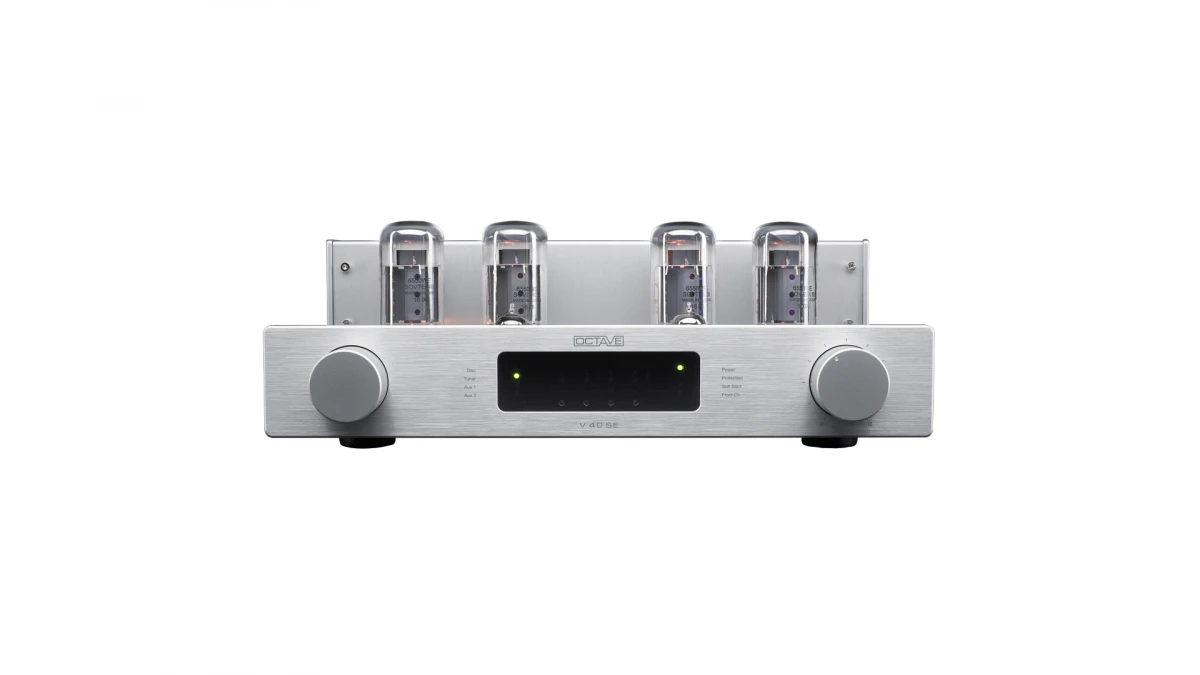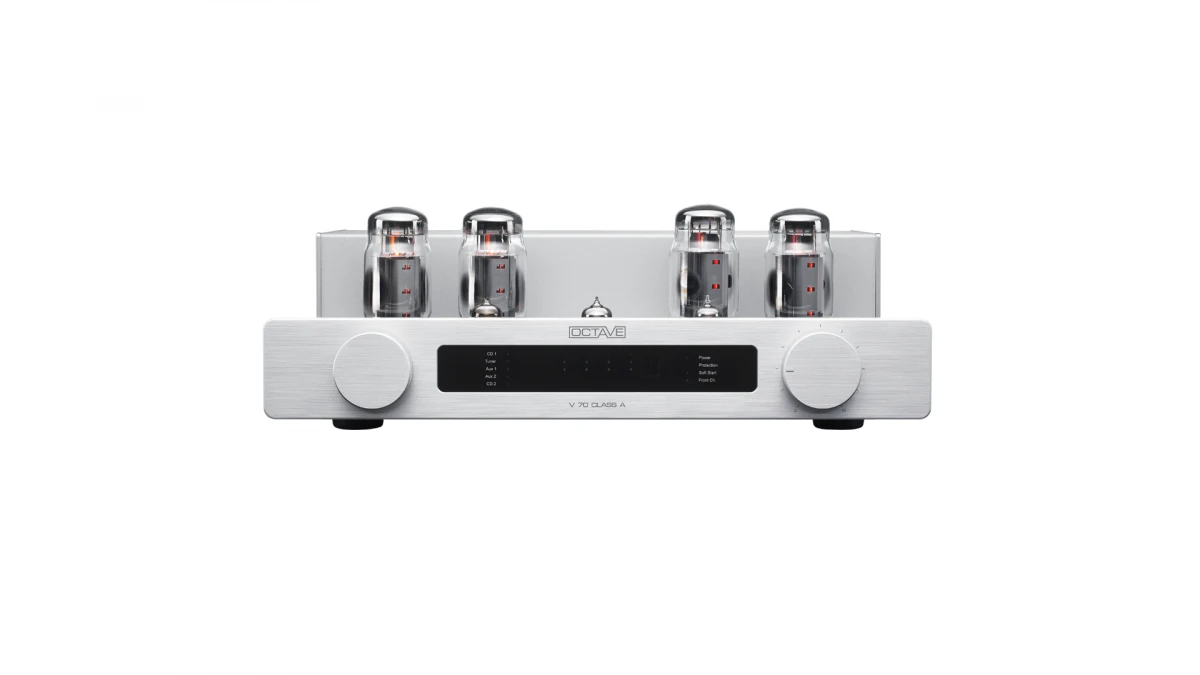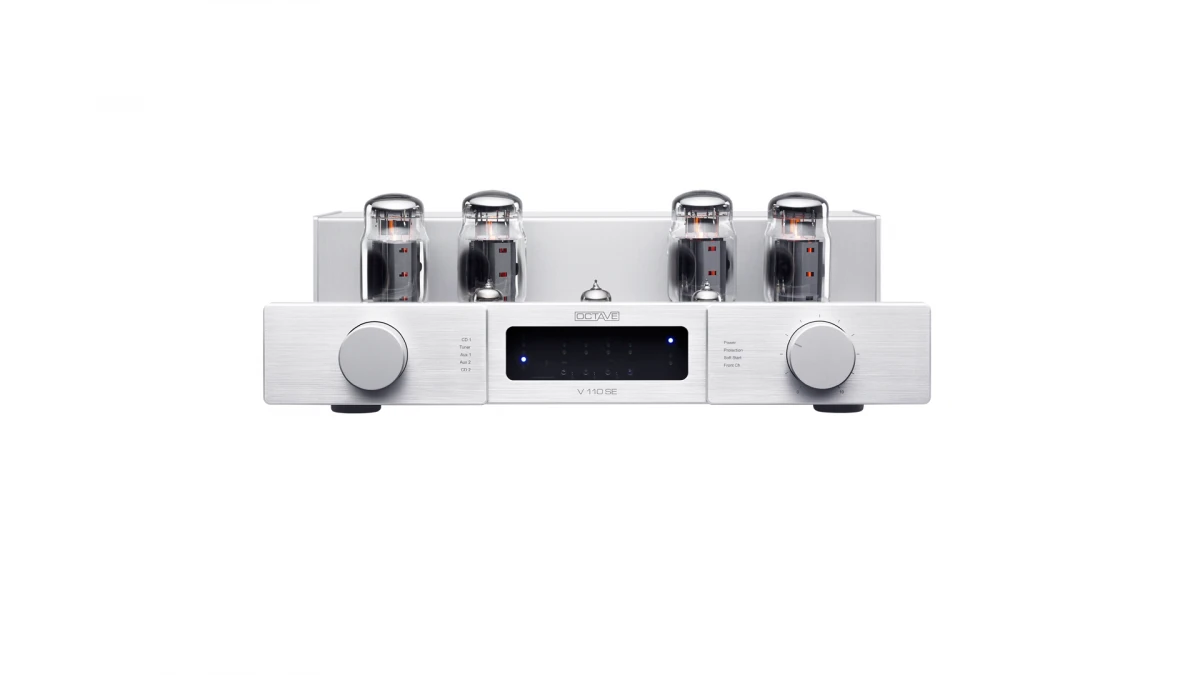Integrated amplifiers — Octave Audio V 80 SE
Description, images, technical data and specifications
Octave Audio V 80 SE
Image source — © Octave Audio
The flagship Octave V 80 SE model crowns the Octave series of tube integrals like a crown. The amplifier uses proprietary ODT technology, the essence of which is the thoughtful use of OOS (negative feedback), which ensures stability in operation and makes it possible to increase instant power output. The flagship has an impressive 120 watts per channel (4 ohms) by the standards of tube devices and is able to tame virtually any speaker system.
Specifications
Model name
V 80 SE
Type
Integrated Amplifier
Analog inputs (balanced)
1
Analog inputs (single-ended)
6
Input sensitivity (mV)
N/A
Input impedance (balanced) (Ω)
N/A
Input impedance (single-ended) (Ω)
N/A
Output impedance (balanced) (Ω)
N/A
Output impedance (single-ended) (Ω)
N/A
D/A conversion
N/A
Phono MM/MC current-sensing input impedance (Ω)
N/A
Output power (8Ω) (W)
N/A
Output power (4Ω) (W)
150
Gain (dBu)
N/A
Frequency response low +/- 3dB (Hz)
10
Frequency response high +/- 3dB (Hz)
80 000
Signal to Noise Ratio (dB)
103
Total Harmonic Distortion + Noise (%)
0.1
Damping factor
N/A
Dimensions (mm)
451 x 175 x 415
Weight (kg)
23.4
Official link
More components

Integrated amplifiers
Octave Audio V 16 Single Ended

Integrated amplifiers
Octave Audio V 40 SE

Integrated amplifiers
Octave Audio V 70 CLASS A

Integrated amplifiers
Octave Audio V 110 SE


